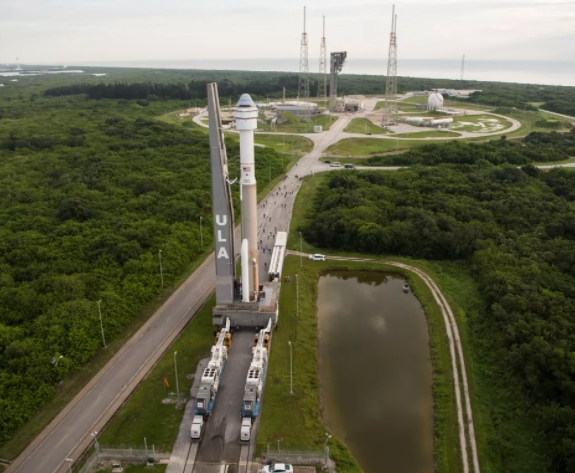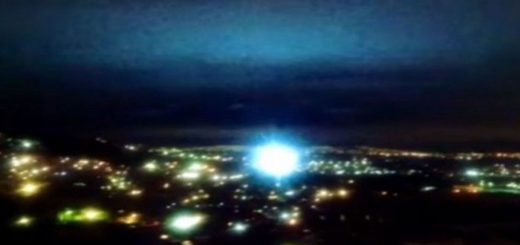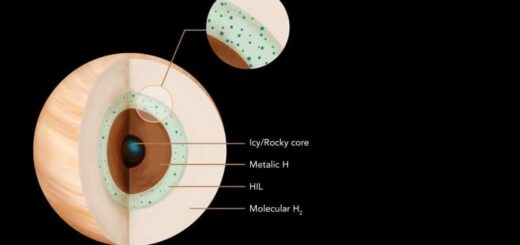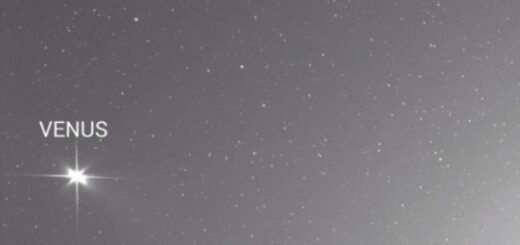Boeing’s Starliner capsule rolls out to launch pad again

Boeing’s Starliner capsule is back on the launch pad.
Starliner and its United Launch Alliance Atlas V rocket rolled out to Space Launch Complex 41 at Florida’s Cape Canaveral Space Force Station this morning (Aug. 2) to prep for its planned liftoff tomorrow (Aug. 3). That launch, scheduled for 1:20 p.m. EDT (1720 GMT), will kick off Orbital Test Flight 2 (OFT-2), a crucial uncrewed demonstration mission to the International Space Station.
You can watch the launch live here at Space.com, courtesy of NASA, or directly via the space agency.
Live updates: Follow Boeing’s Starliner OFT-2 mission here
Boeing’s Starliner capsule and its United Launch Alliance Atlas V rocket on the move toward their pad at Cape Canaveral Space Force Station on Aug. 2, 2021.
Boeing’s Starliner capsule and its United Launch Alliance Atlas V rocket on the move toward their pad at Cape Canaveral Space Force Station on Aug. 2, 2021. (Image credit: NASA via Twitter)
Starliner has been here before. The capsule rolled out to the same pad on Thursday (July 29) ahead of a planned July 30 launch. But that liftoff was nixed after Russia’s newly arrived Nauka module caused some trouble on the space station.
Nauka docked with the orbiting lab on Thursday. Shortly thereafter, the module’s thrusters began firing unexpectedly, causing the station to tilt significantly. The orbiting lab’s handlers soon got everything under control, but NASA and Boeing decided to push OFT-2’s liftoff back to allow time for a full assessment of the situation. They also rolled Starliner back to its processing building on July 30, to protect the capsule and its rocket from looming bad weather. (There’s a 60% chance of good weather for tomorrow’s launch, NASA officials said.)
Click here for more Space.com videos…
Boeing has developed Starliner with funding help from NASA’s Commercial Crew Program, which similarly supported SpaceX’s work on its Crew Dragon capsule. The goal was to get homegrown private astronaut taxis up and running as soon as safely possible after the retirement of NASA’s space shuttle fleet, which occurred in 2011.
Crew Dragon is fully operational. SpaceX first flew astronauts during a test mission to the station in the summer of 2020 and is now in the middle of its second contracted crewed flight to the station for NASA. Starliner has yet to fly astronauts; it first must prove its mettle on an uncrewed test flight, and that’s what OFT-2 is all about.
As the name suggests, the weeklong OFT-2 will be Starliner’s second try at a space station mission. On its first attempt, in December 2019, Starliner suffered a number of glitches shortly after launch, got stranded in the wrong orbit and came back to Earth without rendezvousing with the orbiting lab.



 Creators of mankind
Creators of mankind Description of “Tall white aliens”
Description of “Tall white aliens” Where they came from?
Where they came from? About hostile civilizations
About hostile civilizations The war for the Earth
The war for the Earth “Tall white aliens” about eternal life
“Tall white aliens” about eternal life Video: “Nordic aliens”
Video: “Nordic aliens” Aliens
Aliens Alien encounters
Alien encounters The aliens base
The aliens base UFO
UFO Technology UFO
Technology UFO Underground civilization
Underground civilization Ancient alien artifacts
Ancient alien artifacts Military and UFO
Military and UFO Mysteries and hypotheses
Mysteries and hypotheses Scientific facts
Scientific facts


















